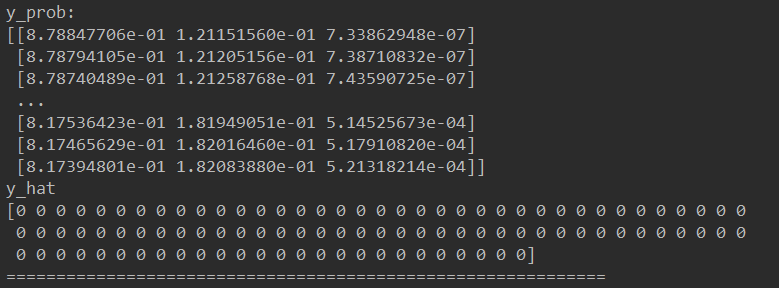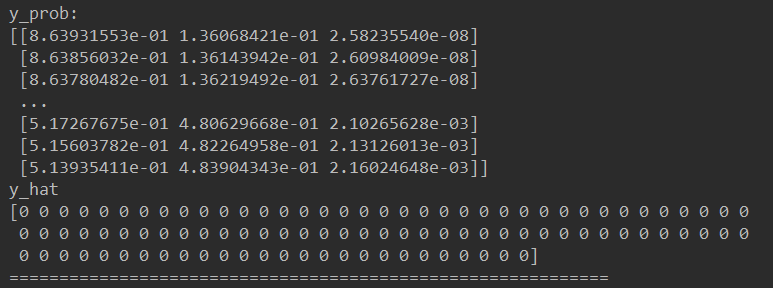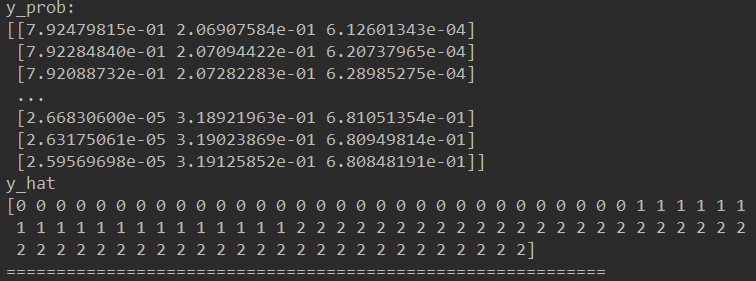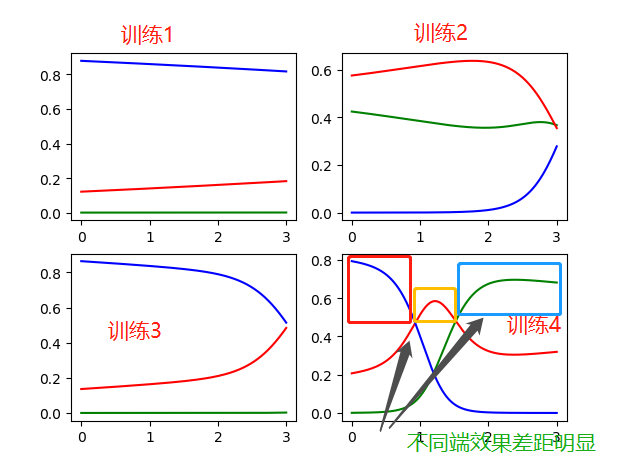代码:
1 import numpy as np 2 from sklearn import datasets 3 from sklearn.linear_model import LogisticRegression 4 import matplotlib.pyplot as plt 5 6 __author__ = 'zhen' 7 8 iris = datasets.load_iris() 9 10 for i in range(0, 4): 11 x = iris['data'][:, i:i+1] # 获取训练数据 12 y = iris['target'] 13 14 param_grid = {"tol": [1e-4, 1e-3, 1e-2], "C": [0.4, 0.6, 0.8]} 15 16 log_reg = LogisticRegression(multi_class='ovr', solver='sag', max_iter=1000) # ovr:二分类 17 log_reg.fit(x, y) 18 19 # 改变数据的样式,reshape(rows, columns),当rows=-1时,表示任意行 20 x_new = np.linspace(0, 3, 1000).reshape(-1, 1) 21 22 y_proba = log_reg.predict_proba(x_new) 23 y_hat = log_reg.predict(x_new) 24 25 print("y_prob: {} y_hat {}".format(y_proba, y_hat[:: 10])) 26 print("="*60) 27 28 # 画图 29 plt.subplot(2, 2, i+1) 30 plt.plot(x_new, y_proba[:, 2], 'g-', label='Iris-Virginica') 31 plt.plot(x_new, y_proba[:, 1], 'r-', label='Iris-Versicolour') 32 plt.plot(x_new, y_proba[:, 0], 'b-', label='Iris-Setosa') 33 34 if i == 3: 35 plt.show()
结果:
训练1:

训练2:

训练3:

训练4:

分析:
有训练结果可知,训练4最具有合理性(分类清晰):
